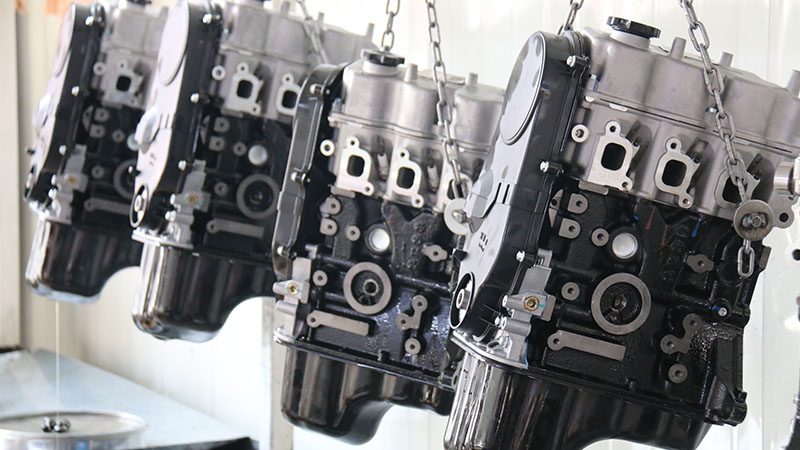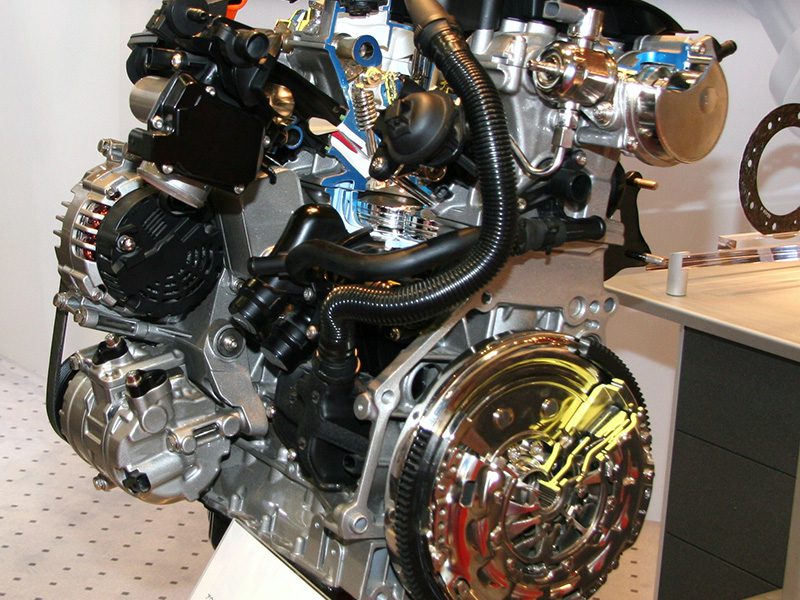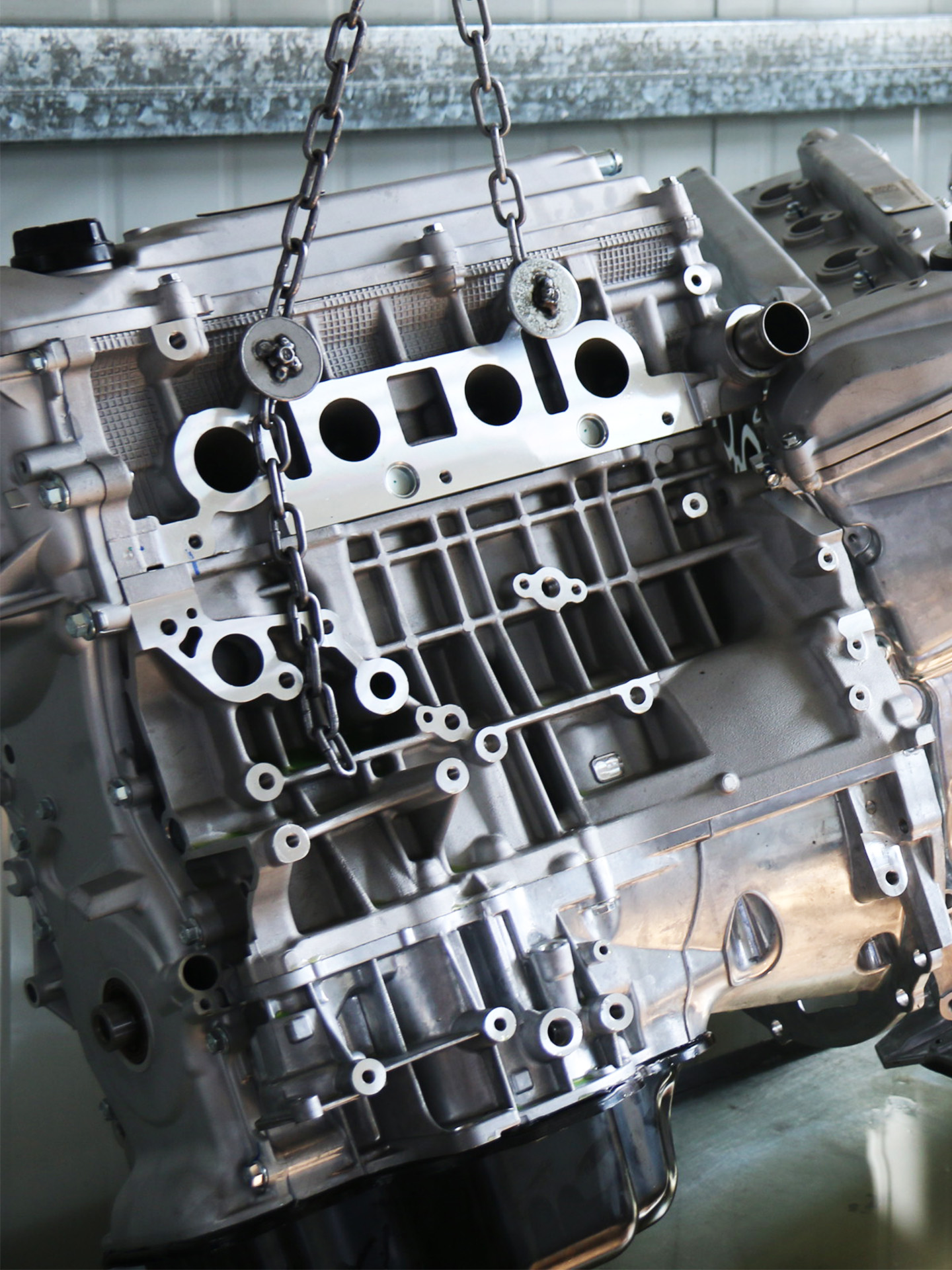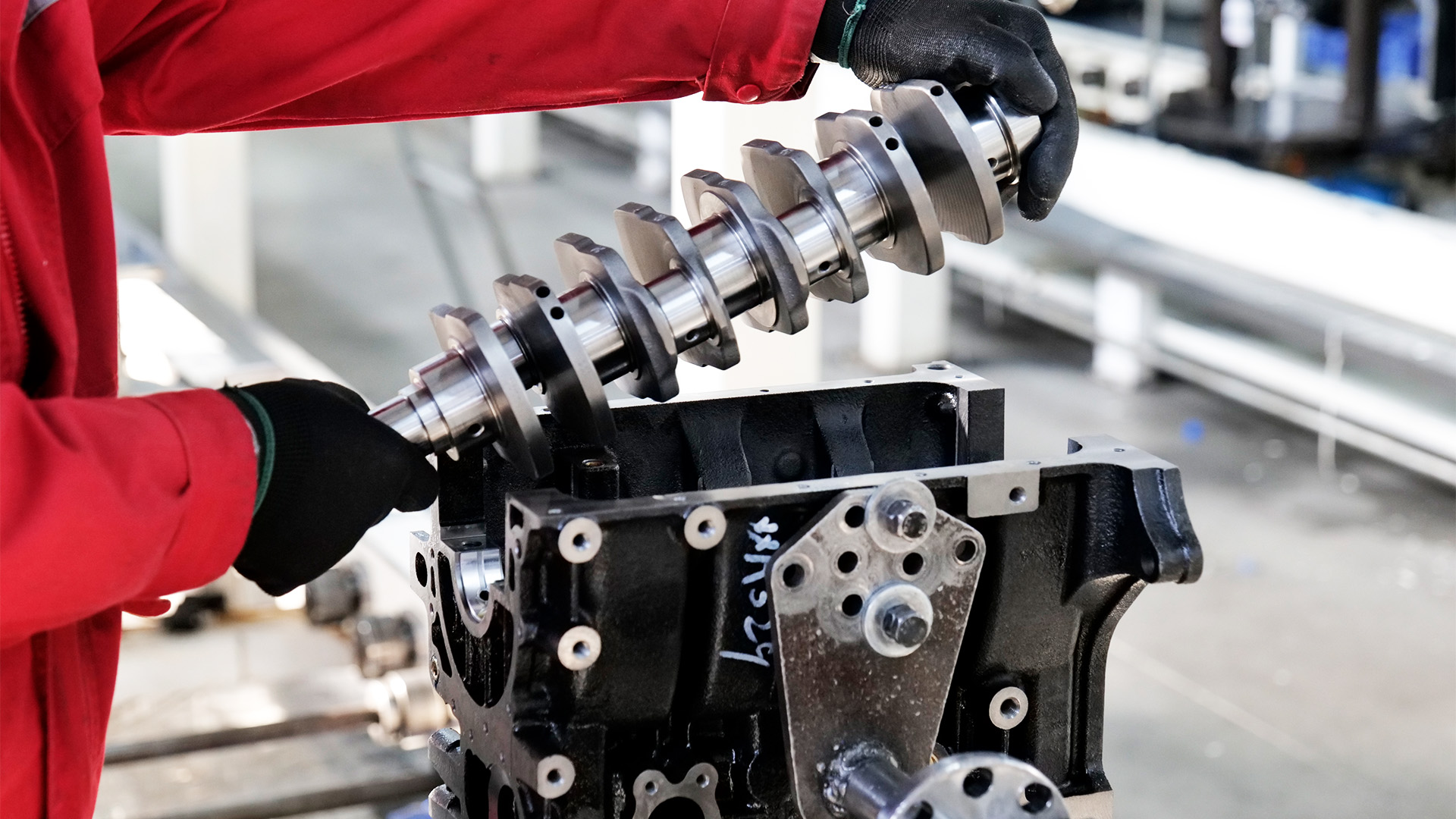Whether you’re a Volkswagen enthusiast, an Audi tuner, or just curious about what powers some of the most popular German cars, you’ve likely come across the EA888 engine. Known for its balance of performance, efficiency, and tuning potential, the EA888 has become a favorite in the automotive world.
In this guide, we’ll break down everything you need to know about the EA888 engine—its generations, specs, common issues, tuning potential, and what makes it such a standout choice.
What Is the EA888 Engine?
The EA888 is a turbocharged inline-4 engine family developed by the Volkswagen Group. First introduced in the mid-2000s, it has powered a wide range of models from Volkswagen, Audi, Skoda, and SEAT, including popular vehicles like the Golf GTI, Audi A4, and Passat.
What makes the EA888 so well-regarded is its combination of fuel efficiency, turbocharged performance, and tuning flexibility. It’s a go-to choice for daily driving and serious performance builds alike.
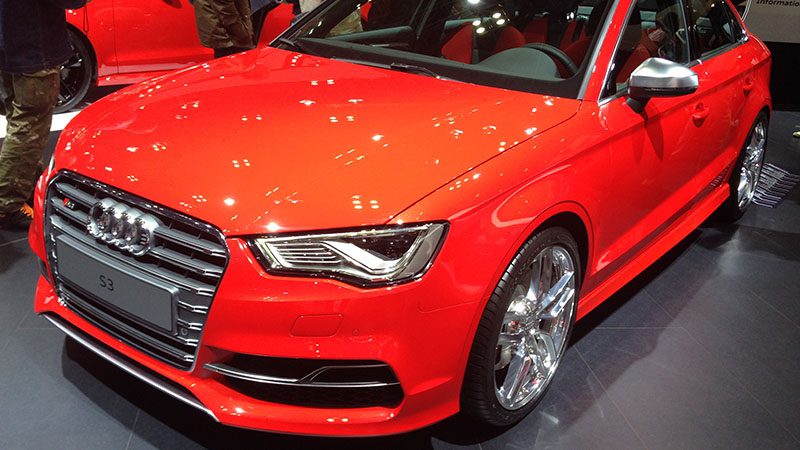
EA888 Engine Generations Explained
The EA888 has evolved significantly across its three generations, each improving on the last in terms of performance, emissions, and reliability.
EA888 Gen 1
- Released around 2007
- Found in early Audi A3 and VW Passat
- Known for decent power, but had early issues with cam followers and oil consumption
EA888 Gen 2
- Improved emissions and efficiency
- Direct injection only
- Still had some known issues (timing chain tensioner, PCV valve)
- Found in mid-2000s Audi and VW models
EA888 Gen 3 (and 3B)
- Dual injection (direct + port) for cleaner combustion
- Integrated exhaust manifold, lighter internals
- Variable valve lift and water-cooled turbocharger
- Found in Mk7 GTI, Audi A4 B9, and others
- Gen 3B is a slight evolution with more refinement
Fun fact: The Gen 3 EA888 is also used in performance trims like the Golf R and Audi S3, where it pushes over 300 horsepower.
EA888 Engine Specs
Here’s a quick comparison of the EA888 generations:
| Generation | Displacement | Fuel Injection | Turbo | HP Range | Compression Ratio |
|---|---|---|---|---|---|
| Gen 1 | 2.0L | Direct | Yes | 200–210 | ~10.5:1 |
| Gen 2 | 2.0L | Direct | Yes | 211–220 | ~9.6:1 |
| Gen 3 | 1.8L / 2.0L | Direct + Port | Yes | 170–310+ | ~9.3–11.7:1 |
Common EA888 Engine Problems (and How to Avoid Them)
Even with its strengths, the EA888 isn’t without a few quirks. Here’s what to watch out for:
1. Carbon Buildup (Gen 1 & 2)
- Direct injection engines often suffer from carbon deposits on intake valves
- Fix: Walnut blasting or using port injection cleaners (Gen 3 helps mitigate this)
2. Timing Chain Tensioner Failure
- Found mostly in early Gen 2 models
- Could lead to catastrophic engine damage
- Fix: Upgrade to the latest tensioner revision
3. Water Pump Leaks
- Plastic housing can crack, causing coolant leaks
- Fix: Replace with upgraded aluminum water pump housing
4. Oil Consumption
- Common in Gen 1 and early Gen 2
- Fix: PCV valve updates and piston ring replacements
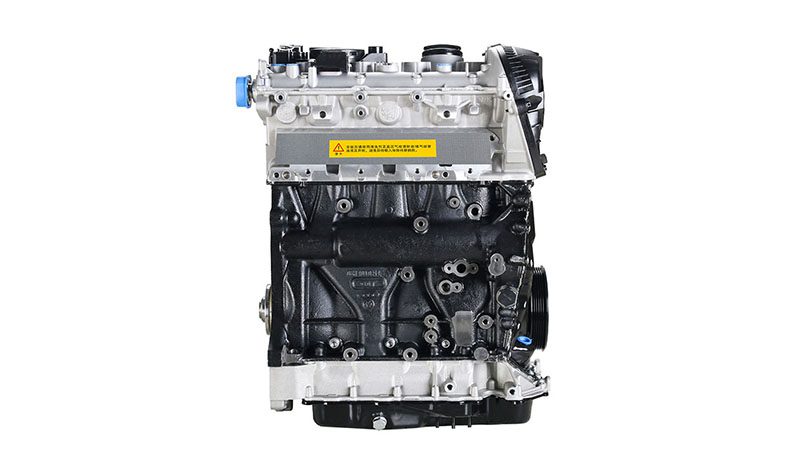
Is the EA888 a Reliable Engine?
Yes—especially the Gen 3 models. The EA888 engine has earned a solid reputation for durability and performance, particularly in its later iterations. When properly maintained, Gen 3 EA888 engines can comfortably exceed 150,000 to 200,000 miles, with many owners reporting trouble-free experiences well beyond that.
Earlier generations—Gen 1 and Gen 2—are still capable powerplants, but they come with more known weaknesses. Issues like timing chain tensioner failure, oil consumption, and carbon buildup were more prevalent in those models. Fortunately, most of these problems have known solutions or aftermarket upgrades that can extend engine life significantly.
That said, like any modern turbocharged engine, longevity comes down to regular maintenance and attentive ownership. These engines respond well to proper care—and can quickly suffer if neglected.
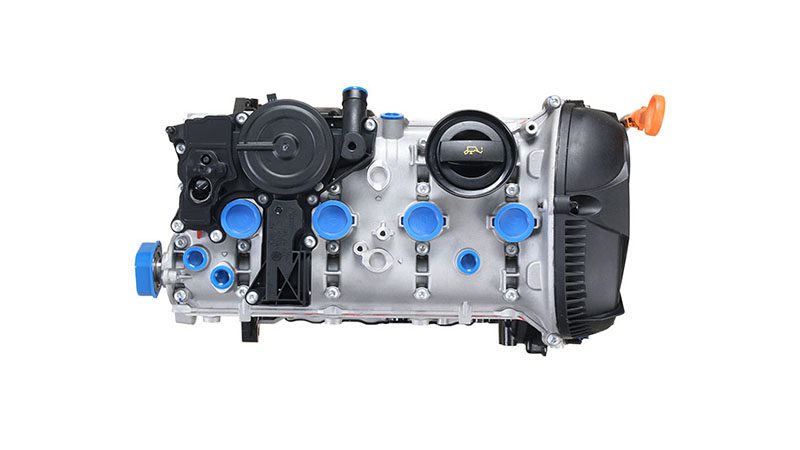
EA888 Engine Tuning and Upgrades
The EA888 is a tuner’s dream—especially the Gen 3 version, thanks to its strong internals, dual injection system, and responsive ECU. Whether you’re after a modest power bump or a high-horsepower build, this engine offers plenty of potential.
Stage 1
- ECU remap only
- Gains: +30–70 hp
- No hardware upgrades needed
- Ideal for daily drivers wanting more power and torque without compromising reliability
Stage 2
- Mods required: Downpipe, intake, intercooler
- ECU tune for supporting hardware
- Gains: Up to 350 hp (on Gen 3)
- Better airflow and cooling for consistent performance
Stage 3+
- Upgrades: Bigger or hybrid turbo, injectors, HPFP, forged pistons (optional)
- Gains: 450–500+ hp
- Best for serious performance builds—Gen 3 engines handle this well with proper tuning
Note: The Gen 3’s dual injection and refined design make it ideal for high-boost applications with excellent drivability.
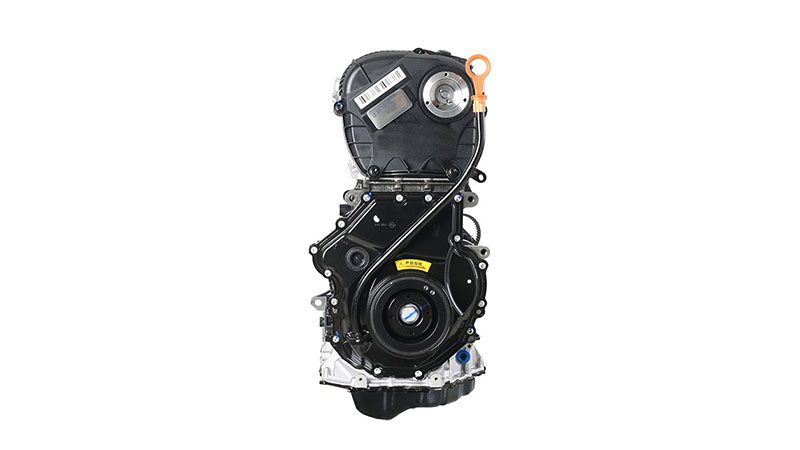
EA888 vs. EA113: What’s the Difference?
Both the EA888 and EA113 are 2.0L turbocharged inline-four engines developed by the Volkswagen Group, but they represent different generations and engineering approaches. While they share the same displacement and general layout, their internal design, fuel systems, and tuning characteristics set them apart.
| Feature | EA888 | EA113 |
|---|---|---|
| Injection | Direct injection (Gen 1–2), dual injection (Gen 3) | Direct injection only |
| Timing System | Timing chain | Timing belt |
| Emissions | Designed to meet modern standards (Gen 3 uses dual injection + cat efficiency) | Older tech, less efficient |
| Tuning Potential | High (especially Gen 3 with stronger internals) | Still strong, but less refined |
| Reliability | More refined, better cooling, fewer carbon issues (Gen 3) | Simpler layout, easier to service |
The EA113, found in earlier performance models like the Mk5 Golf GTI and Audi S3 (8P), is often praised for its raw, mechanical feel. It uses a timing belt, which some mechanics prefer for its ease of maintenance, and has fewer electronics—making it a favorite for simpler builds or older project cars.
In contrast, the EA888 is a more modern, efficient, and refined engine—especially in Gen 3 form, which introduced dual injection, a water-cooled turbo, and improved internal strength. It offers greater tuning headroom, better fuel economy, and lower emissions, making it ideal for both OEM and performance applications.
TL;DR:
- If you want simplicity and proven durability, EA113 still holds up.
- If you’re after modern performance, tuning flexibility, and long-term efficiency, the EA888—particularly Gen 3—is the better choice.
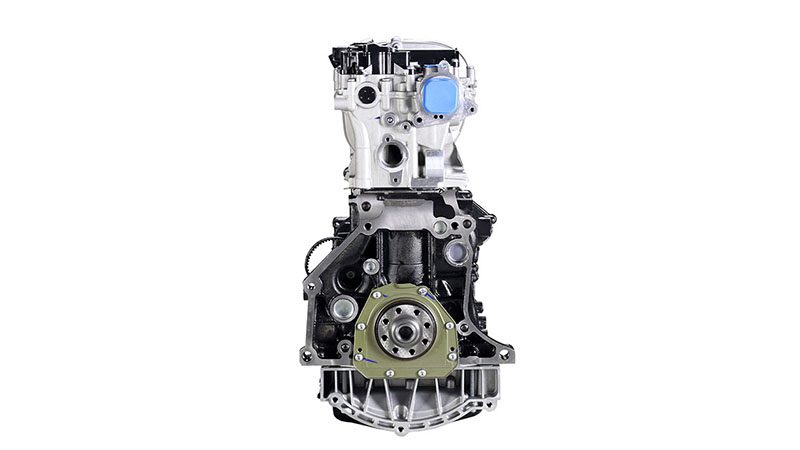
What Cars Use the EA888 Engine?
The EA888 has been used across a wide range of Volkswagen Group vehicles. Here’s a simplified breakdown by brand, with examples of models and the typical EA888 generation used:
Volkswagen
- Golf GTI (Mk5–Mk8) – A core performance model that used Gen 1 through Gen 3. Gen 3 powers the Mk7 and Mk8.
- Jetta GLI (Mk6–Mk7) – Equipped with Gen 2 or Gen 3 EA888; a popular sporty sedan with great tuning support.
- Passat – Engine generation varies by market and model year; some use Gen 1, others Gen 2 or Gen 3.
- Tiguan – Compact SUV using Gen 2 in earlier versions, with Gen 3 introduced in 2018+ models.
Audi
- A3 (8P, 8V, 8Y) – Shares its platform with the Golf; uses Gen 2 and Gen 3, especially post-2013.
- A4 / A5 (B8, B9) – Mid-size sedans and coupes running Gen 2 and newer Gen 3 EA888 engines.
- Q3 – Small SUV available in both FWD and AWD, powered by Gen 2 and Gen 3 EA888 variants.
- TT / TTS – Sporty coupe and roadster; the TTS versions feature higher-output Gen 3 variants.
Skoda
- Octavia RS (Mk2–Mk4) – Performance-focused trims equipped with Gen 2 and Gen 3 EA888 engines.
- Superb – Skoda’s flagship sedan combines comfort with the power of the Gen 2 or Gen 3 EA888.
SEAT
- Leon (Mk2–Mk4) – The performance hatchback sibling to the Golf GTI, using Gen 2 and Gen 3 engines.
- Ateca – Compact SUV with Gen 3 EA888, especially in FR and Cupra performance trims.
Quick Notes:
- Gen 1 mostly appeared in 2006–2009 models (e.g., early Passat and A4).
- Gen 2 was used in many 2009–2013 models across all brands.
- Gen 3 became standard in most 2013+ models and continues in use today.
- Performance trims like Golf R, Audi S3, and Cupra models use higher-output Gen 3 engines.
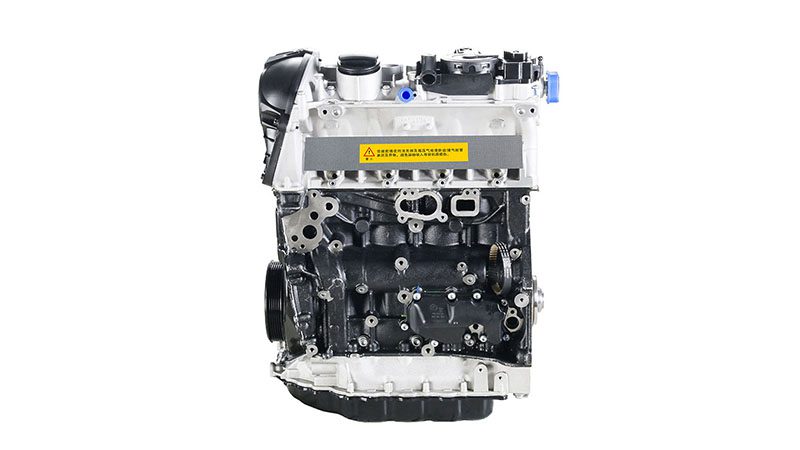
Buying Tips: Is the EA888 Right for You?
The EA888 is a solid engine choice—especially for those seeking a balance of performance and reliability. But like any turbocharged engine, smart buying decisions make all the difference.
Choose Gen 3 if possible (2013+ models)
It features dual injection, better cooling, and stronger internals—ideal for both daily driving and tuning.
Check service history
Look for records of oil changes, timing chain tensioner updates, PCV repairs, and water pump replacements. A well-maintained engine is far less likely to cause trouble.
Watch for warning signs
Avoid engines with cold-start rattles, oil burning, or persistent check engine lights—these often point to deeper issues.
Consider remanufactured options
A remanufactured EA888 with upgraded components offers better long-term value and peace of mind—especially for rebuilds or engine swaps.
Looking for high-quality EA888 engine parts or complete build solutions?
Get in touch with Nanjing Woda Auto Technology Co., Ltd. — trusted by professionals worldwide for over 25 years.

FAQs About the EA888 Engine
What cars have the EA888 engine?
Many VW, Audi, Skoda, and SEAT models since the mid-2000s use it—like the Golf GTI, A4, TT, and more.
What makes the EA888 special?
It’s a turbocharged, efficient engine with great tuning potential and modern tech like dual injection and variable valve timing.
How much HP can an EA888 handle?
Stock internals on Gen 3 can reliably handle 350–400 HP with supporting mods.
Is the EA888 engine reliable?
Yes, especially Gen 3 models—if well maintained, they can last over 200,000 miles.
Conclusion
The EA888 engine is one of the best all-around four-cylinder turbos out there. It’s efficient, powerful, and tune-friendly—especially the Gen 3 version. Whether you’re buying, upgrading, or repairing one, knowing the differences between generations and common pitfalls can save you time and money.
About Us
At Nanjing Woda Auto Technology Co., Ltd., we specialize in supplying high-quality engine components, rebuild kits, and performance parts to meet your B2B automotive needs. With over 25 years of industry experience, we’re committed to helping you source the parts you need—on time, and with expert support.
Contact us today to discuss your EA888 engine needs and see how we can support your business with dependable solutions.
